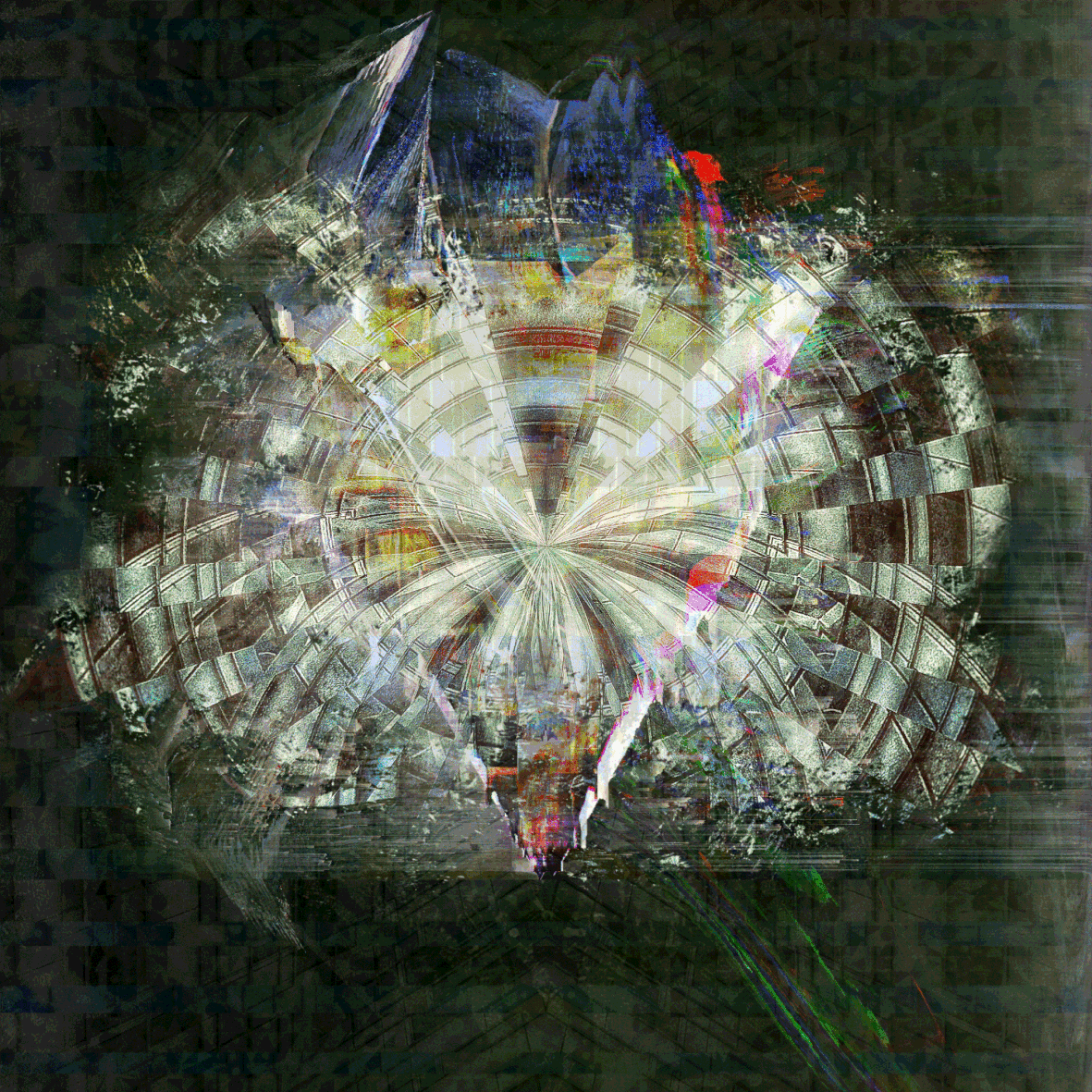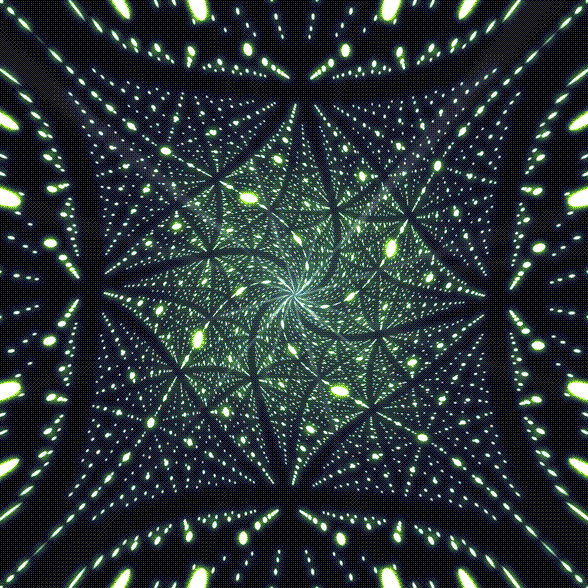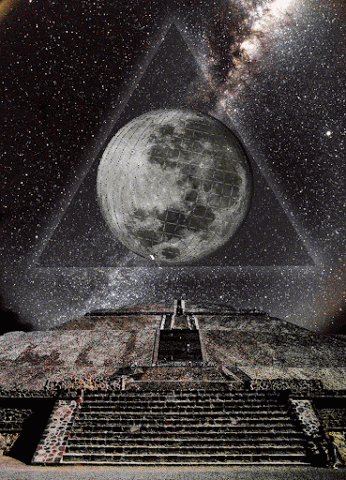Megaliths of Magnificence
Most people have heard of the famous Great Wall of China, but not everyone knows that in India there is a magnificent ancient structure that is almost identical.
It is called the Great Wall of India and it surrounds the ancient fort of Kumbhalgarh.
The Kumbhalgarh Fort is located in Rajastan in western India. It is a World Heritage Site that was originally built in the 15th century by Rana Kumbha, ruler of Mewar between 1433 and 1468 AD. The ancient fort was later enlarged in the 19th century.
Click on image to enlarge Walls of the fort. Photo credit: flickr.com/photos/dey
Click on image to enlarge Kumbhalgarh Fort. Photo credit: flickr.com/photos/tdayala
|
Additionally, the spiritual advisor advised building a temple where the head should fall and
building the wall and the fort where the rest of his body lay. Needless to say that no-one
wanted to be sacrificed and there were no volunteers. One day, after quite some time, a
pilgrim volunteered and was ritually decapitated.
Today the main gate of the fortress, Hanuman Pol, contains a shrine and a temple to commemorate the great sacrifice. |
Click on image to enlarge Kumbhalgarh. Photo credit: flickr.com/photos/kittell
See also:
Gigantic Kailasa Temple Emerging From A Mountainside - Engineering Marvel Of India's Master Builders
Ajanta Caves - Incredible Accomplishment Of India's Ancient Stonecutters
Vijayanagara - The City Of Devas - 'The Shining Ones' - Place Where Mythology And History Coexist
Click on image to enlarge Kumbhalgarh. Photo credit: flickr.com/photos/bethmoon527
Click on image to enlarge Kumbhalgarh Fort - Second longest wall after the Chinese one. Photo credit
The Great Wall of India this is the second largest continuous wall on the planet. Yet, despite its magnificence it is still little know to the outside world.























